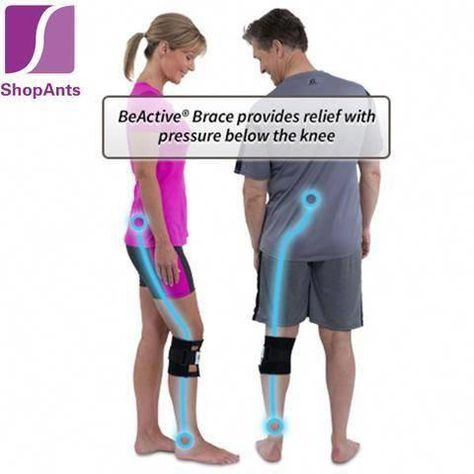Back Pain Types Explained

The different types of back pain are explained by the causes of the condition. The most common is local pain, which can be a dull or sharp ache. It can come and go, be severe or mild, or be constant. It is often referred to as mechanical back ache. Treatments for this type of back pain are often as simple as rest and physical therapy. You can also use painkillers and heat or ice packs to reduce the intensity of the pain.
Nonspecific back pain is the most common form of back ache. It is characterized by little or no pain and does not interfere with daily activities or work. On the other hand, severe back ache can affect the patient’s daily life and cause many disabilities. These types of back aches can be acute or chronic, affecting the lower and upper back. In general, musculoskeletal back aches have a high degree of discomfort and can last for days, weeks, or even years.
Muscle strains are the most common cause of back pain. The spine has two ligaments, the anterior longitudinal ligament and the posterior longitudinal ligament. These ligaments connect vertebrae to each other. An injury to one of these ligaments will usually result in severe pain and will require a doctor’s attention. If you are suffering from either of these conditions, you should seek medical treatment as soon as possible. Regardless of the cause of your back ache, it’s important to seek treatment as soon as possible.
Most types of back pain are caused by disorders of the spine, joints, muscles, and ligaments. Some of these conditions will lead to reflex tightening of the muscles around the spine and make it worse. A trauma can also result in an injury to the spine. Imaging tests are necessary to identify the structures affected. An MRI scan will help doctors determine which structure is inflamed and where the pain is located. Further medical tests will help identify which structure is injured.
The most common type of back pain is musculoskeletal. This type is categorized into two categories: mechanical and non-specific. Symptoms range from mild to severe and are often musculoskeletal. If you experience a pain in the back, it may be referred to as mechanical. If it’s due to an injury, you should see your doctor. They can diagnose the source of the problem. If it’s non-specific, you should undergo a physical therapy for it.
Acute back pain is the most common type of back pain. It can be mild or severe, and can have a wide range of causes. Acute back pain is the most common kind and will not severely affect your daily routine. While musculoskeletal is a common source of back pain, referred pain is more likely to cause you severe distress. Its effects are unpredictable. Your physician will need to examine you carefully to find the right treatment for you.
Non-specific back pain is often caused by muscle or ligament injuries. This may be due to an autoimmune disorder or a traumatic accident. In severe cases, back pain can interfere with your ability to move. Your doctor will diagnose the cause of your pain to determine the best treatment options. Depending on the type of pain, non-specific back pain can be treated with prescription drugs. If this is not the case, you can visit the health site https://www.latiendademimascota.com/ and consider yoga or physical therapy.
Depending on the underlying cause of the pain, non-specific back pain can cause postural difficulties and may cause you to stand hunched over or lean to the side. Other causes of back pain include muscle spasms and traumatic spinal injuries. In severe cases, back surgery may be required. If your pain persists for a long time, it may be due to a spinal injury.
Despite the different causes of back pain, they are often associated with the same injuries. A tense muscle can cause a traumatic injury, and a ruptured disc can cause a traumatic accident. MRI and x-rays can help you determine the exact cause of the pain. During this procedure, your doctor will determine the exact location of the injury and prescribe the best treatment.